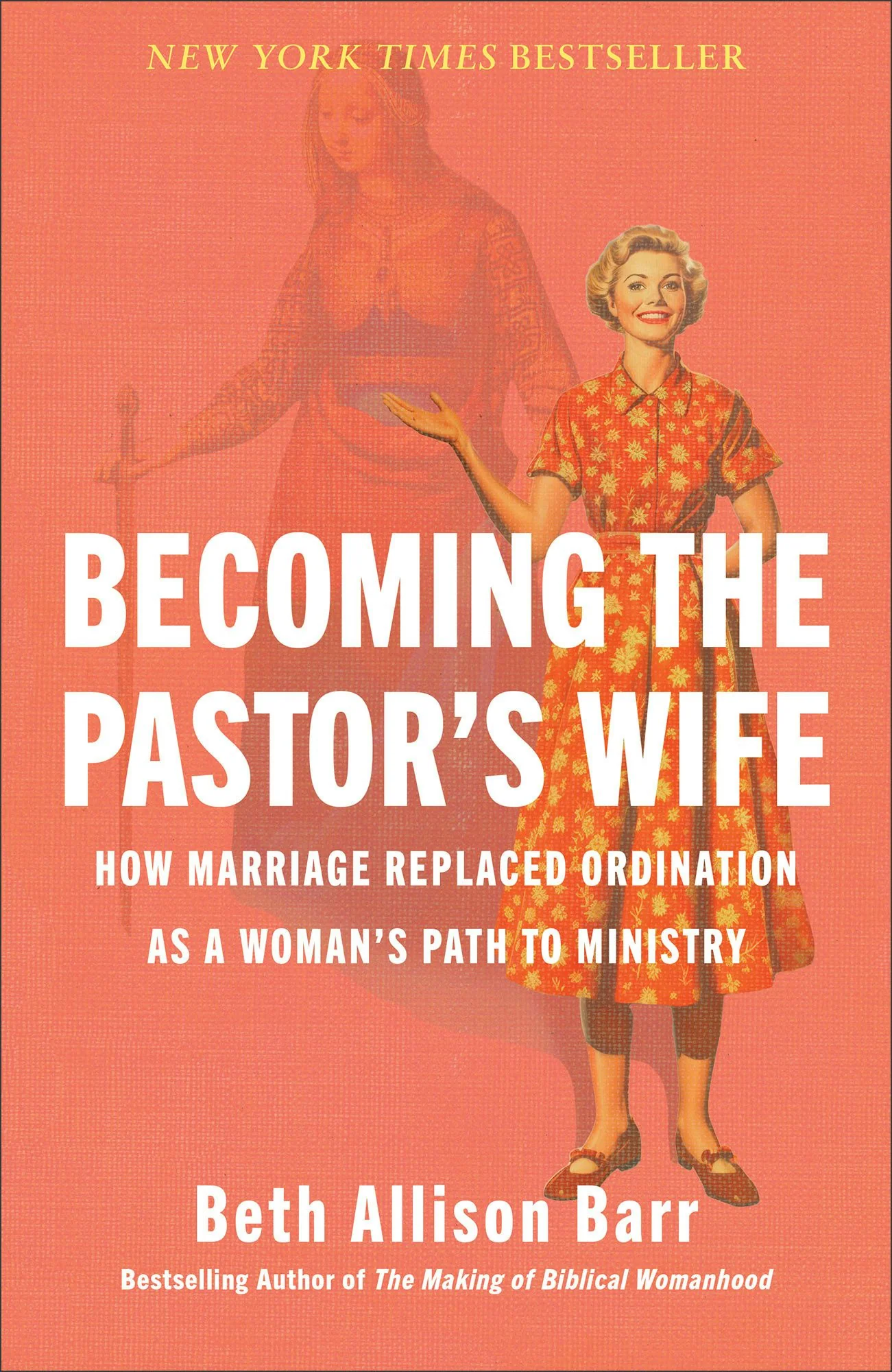Beth Allison Barr: When we think about the pastor’s-wife role in the sixteenth century, it’s with the Protestant Reformation that we begin to see the association between being a clergyman and being married. This is a new thing, this idea that marriage is part of being a pastor. And before this time, of course, clergy were defined by not being married.
And so we have this new symbol of that new theology, and it’s a married pastor. The pastor’s wife becomes a symbol of Protestant resistance, a heroic figure, because it’s against the law to marry clergy at this point. Some women lost their lives for doing this.
Of course, the quintessential pastor’s wife is Katie Luther. She’s the ex-nun who marries the ex-monk Martin Luther. And she embraces this role of the early modern housewife, yet at the same time she is not what you would consider to be a cookie-cutter pastor’s wife. While she is in charge of the domestic sphere, she is also very theologically engaged in everything that Martin Luther is doing. His attitudes about women changed during his marriage to Katie, because he realized that women actually are intellectually engaged, and they don’t always do what you tell them to do.
Throughout the early part of Reformation history, really up through the nineteenth and even early twentieth century, a pastor’s wife is simply a wife. It doesn’t come with the same types of job expectations as what has happened to the pastor’s-wife role today.
A good contrast is a letter that Dorothy Patterson [author, theology professor, and wife of Paige Patterson, former president of Southwestern Baptist Theological Seminary] wrote in support of a woman named Carol Ann Draper, whose husband [Jimmy Draper] served as president of the Southern Baptist Convention between 1982 and 1984. After his presidency of the SBC, he went on to become the president of Lifeway, which is the publishing branch of the Southern Baptist Convention. And in 2006 Dorothy Patterson wrote a letter of recommendation for Carol Ann to be named the pastor’s wife of the year for the Southern Baptist Convention because she always supported her husband’s ministry from the home and embodied these ideals of complementarian theology. And in fact, on Carol Ann Draper’s resume, under her education, one of the lines was “Ph.T.,” which was explained as “put hubby through.” So while her husband got the Ph.D., she got the Ph.T., exemplifying that this wife of a pastor—that her job, as ordained by God—is to support her husband in every aspect. And so I don’t think Katie Luther would recognize what the pastor’s wife’s role had become by the early 2000s.
